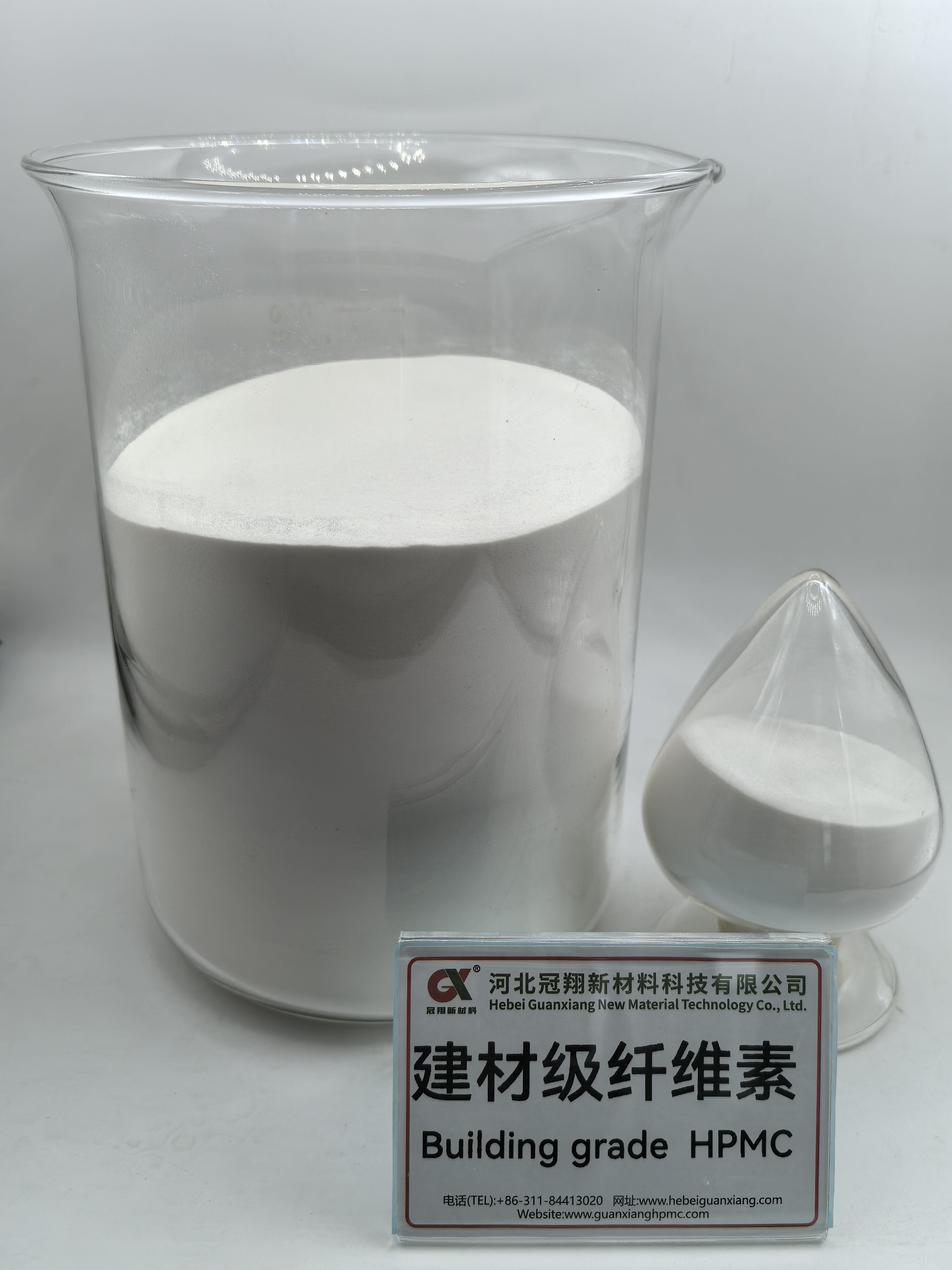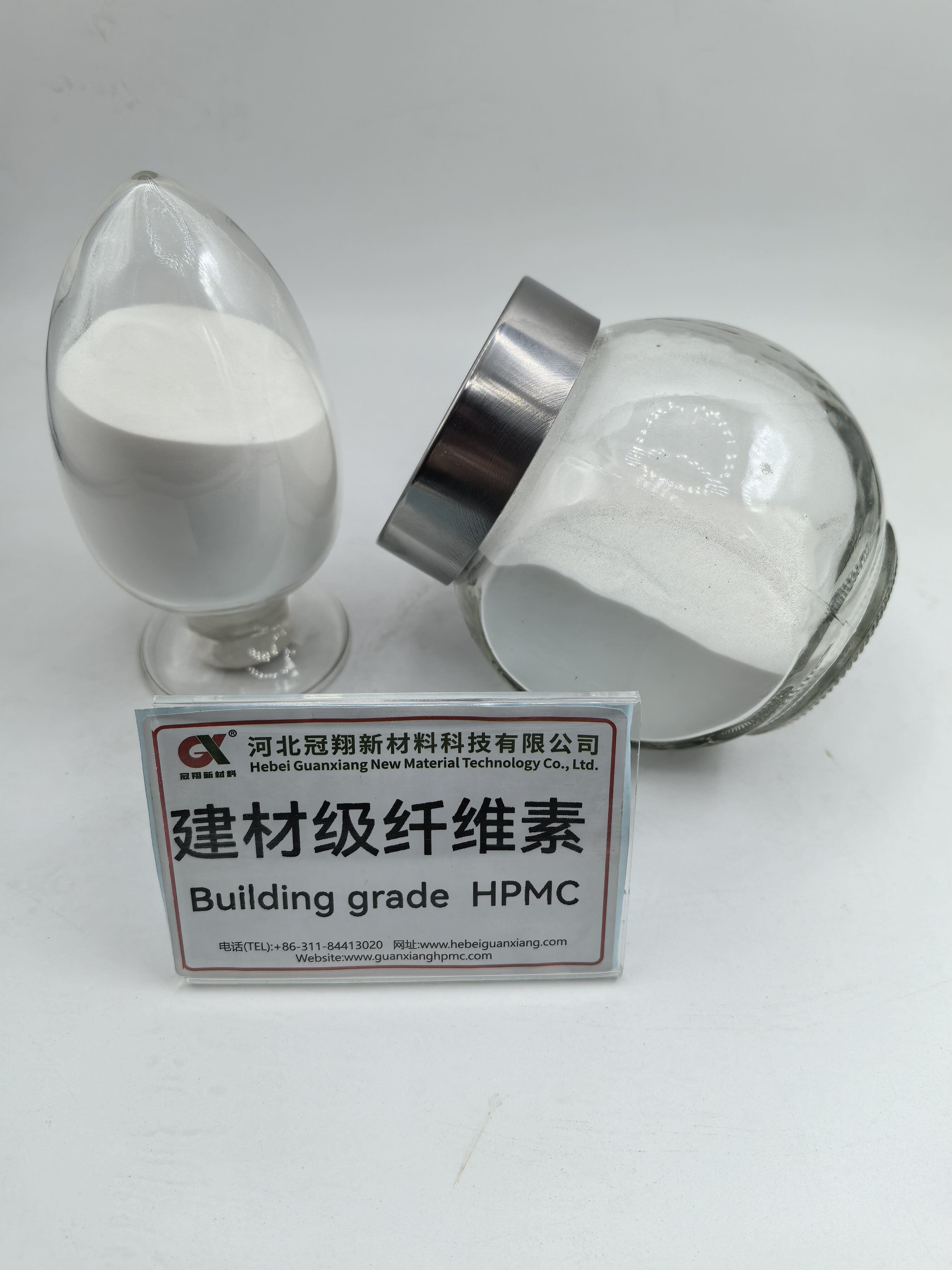The Revolutionary Impact of Honeycomb Ceramic Cellulose Technology
In today's rapidly evolving industrial landscape, honeycomb ceramic cellulose has emerged as a groundbreaking material that's transforming manufacturing processes across multiple sectors. This innovative material combines the structural integrity of ceramics with the versatility of cellulose, creating a unique solution for various industrial applications. The distinctive honeycomb structure provides exceptional strength-to-weight ratio while maintaining superior thermal and chemical resistance properties.
Core Industrial Applications and Benefits
Environmental Protection and Emission Control
One of the most significant applications of honeycomb ceramic cellulose is in environmental protection systems. The material's unique structure makes it ideal for filtering harmful emissions from industrial processes. When implemented in exhaust systems, honeycomb ceramic cellulose effectively captures particulate matter and reduces toxic emissions, helping industries meet stringent environmental regulations.
The material's high surface area and controlled porosity enable efficient catalytic reactions, making it particularly effective in treating automotive exhaust gases. Industries utilizing honeycomb ceramic cellulose in their emission control systems report significant reductions in harmful pollutants while maintaining optimal process efficiency.
Heat Exchange and Energy Recovery
The thermal properties of honeycomb ceramic cellulose make it exceptionally valuable in heat exchange applications. Its structure allows for efficient heat transfer while maintaining structural integrity under high temperatures. Industrial facilities implement this material in heat recovery systems to capture and reuse thermal energy that would otherwise be lost.
The material's ability to withstand extreme temperature variations while maintaining consistent performance has made it indispensable in industrial furnaces and kilns. Companies utilizing honeycomb ceramic cellulose in their heat exchange systems report substantial energy savings and improved operational efficiency.
Advanced Manufacturing and Process Enhancement
Catalyst Support and Chemical Processing
In chemical processing industries, honeycomb ceramic cellulose serves as an excellent catalyst support medium. Its uniform structure and high surface area provide ideal conditions for catalytic reactions, enhancing process efficiency and product yield. The material's chemical stability ensures long-term performance even in aggressive chemical environments.
Manufacturing facilities utilize honeycomb ceramic cellulose in various chemical processes, from petrochemical production to fine chemical synthesis. The material's ability to maintain catalyst distribution and activity leads to improved reaction rates and product selectivity.
Filtration and Separation Technologies
The unique properties of honeycomb ceramic cellulose make it particularly effective in industrial filtration applications. The material's controlled pore structure enables efficient separation of particles from gas and liquid streams while maintaining high flow rates. Industries dealing with challenging separation requirements find this material especially valuable.
From water treatment facilities to air purification systems, honeycomb ceramic cellulose demonstrates superior performance in removing contaminants while requiring minimal maintenance. The material's durability and resistance to fouling contribute to extended service life and reduced operational costs.
Emerging Applications and Future Developments
Advanced Energy Storage Solutions
Research into honeycomb ceramic cellulose applications continues to unveil new possibilities in energy storage technologies. The material's structure shows promise for next-generation battery components and fuel cell systems. Its ability to facilitate ion transport while maintaining structural stability makes it an attractive option for energy storage applications.
Industries focused on renewable energy solutions are particularly interested in honeycomb ceramic cellulose for its potential in improving energy storage efficiency and durability. The material's versatility opens new avenues for sustainable energy solutions.
Smart Manufacturing Integration
As Industry 4.0 continues to evolve, honeycomb ceramic cellulose finds new applications in smart manufacturing processes. The material's predictable behavior and consistent performance make it ideal for automated production systems. Industries implementing smart manufacturing solutions increasingly incorporate this material into their advanced processing equipment.
The integration of honeycomb ceramic cellulose with sensor technologies and process control systems enables real-time monitoring and optimization of industrial processes. This combination enhances manufacturing efficiency while ensuring product quality consistency.

Frequently Asked Questions
What makes honeycomb ceramic cellulose different from traditional materials?
Honeycomb ceramic cellulose combines the durability of ceramics with the versatility of cellulose in a unique honeycomb structure. This combination provides superior strength, thermal resistance, and chemical stability while maintaining excellent surface area characteristics, making it more effective than traditional materials in many industrial applications.
How does honeycomb ceramic cellulose contribute to sustainability?
The material significantly reduces environmental impact through improved emission control, enhanced energy efficiency, and reduced waste in industrial processes. Its durability and long service life also minimize replacement frequency, contributing to resource conservation.
What are the maintenance requirements for honeycomb ceramic cellulose systems?
Honeycomb ceramic cellulose systems generally require minimal maintenance due to their resistance to fouling and structural degradation. Regular inspection and occasional cleaning are typically sufficient to maintain optimal performance, though specific maintenance schedules depend on the application and operating conditions.
 EN
EN
 AR
AR
 CS
CS
 DA
DA
 NL
NL
 FI
FI
 FR
FR
 DE
DE
 EL
EL
 HI
HI
 IT
IT
 JA
JA
 KO
KO
 NO
NO
 PL
PL
 PT
PT
 RO
RO
 RU
RU
 ES
ES
 SV
SV
 IW
IW
 ID
ID
 SR
SR
 SK
SK
 UK
UK
 VI
VI
 HU
HU
 TH
TH
 TR
TR
 AF
AF
 MS
MS
 CY
CY
 IS
IS
 BN
BN
 LO
LO
 LA
LA
 NE
NE
 MY
MY
 KK
KK
 UZ
UZ


